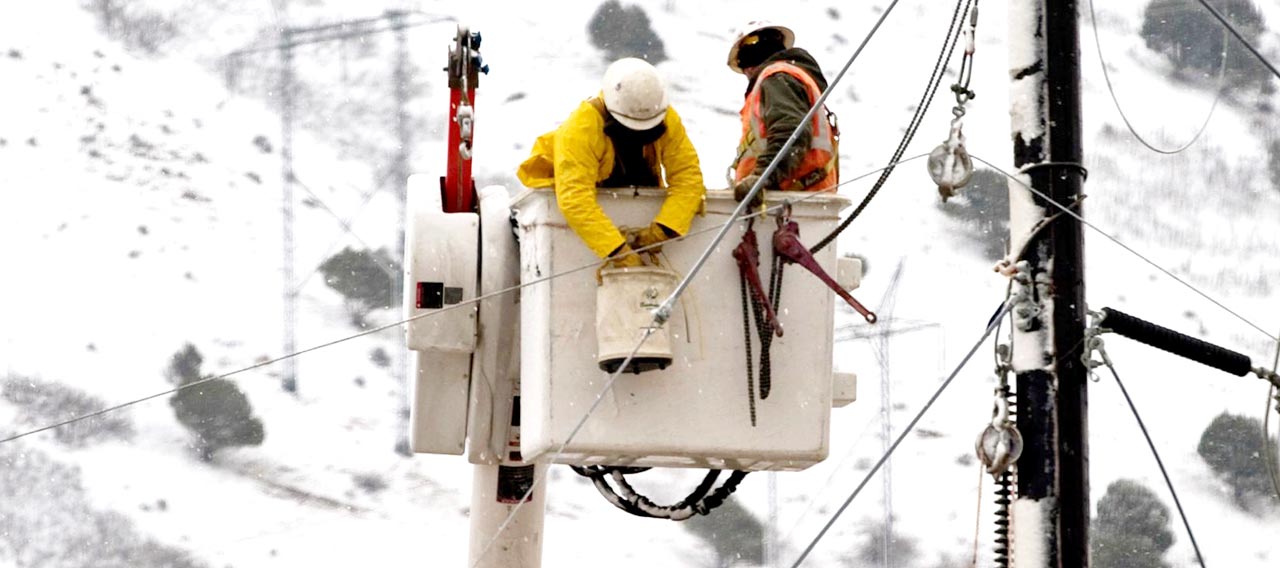- Individuals & Families
- Businesses
- Agents & Brokers
- Embedded Insurance

Chubb ranked #1 for Homeowners Insurance Customer Satisfaction.

Chubb ranked #1 for Homeowners Insurance Customer Satisfaction.

Chubb ranked #1 for Homeowners Insurance Customer Satisfaction.

Chubb ranked #1 for Homeowners Insurance Customer Satisfaction.

Because pets are family, Chubb now offers pet insurance with top-rated coverage from Healthy Paws.

Chubb offers the insurance protection you need for travel’s many “what ifs”.

Chubb protects small businesses at every stage – from newly formed start-ups to long-time anchors of the community.

Stay ahead of cyber threats with our free Cyber Claims Landscape Report.

Learn more about our dedicated learning paths, Online Learning Center, and more.

Many digital-savvy consumers look for it as a core or add-on option.

Many digital-savvy consumers look for it as a core or add-on option.

Many digital-savvy consumers look for it as a core or add-on option.

Chubb’s in-house technology makes it easy to integrate what we do into your customer experience.
-
About
-
Claims
-
Login & Pay Bill
For Agents & BrokersFor Travel Advisors
-
Back
Marijuana is legal for medical use in 39 U.S. states1 and is used to treat a range of conditions, particularly chronic pain.2 However, due to a patchwork of laws and regulations, as well as continually emerging information on the potential benefits and drawbacks of marijuana as a medical treatment, its use can pose special challenges and risks for businesses, employees, healthcare providers, and workers compensation professionals.
You can help your staff and protect your business by staying informed, treating employees fairly, and meeting compliance requirements. Here are four steps to help you manage this issue in the workplace:
- Recognize safety risks – Like other medications—and benzodiazepines—medical marijuana can compromise safety in the workplace. If employees are impaired by medical marijuana, they should be prohibited from engaging in safety-sensitive tasks, such as driving and operating heavy machinery.
- Consider implementing “fitness for duty” rules – Though the science of measuring marijuana impairment is still being developed,3 your workplace can establish a policy for assessing fitness for duty. For example, you might consider setting a period of time between when an employee uses medical marijuana and when they can engage in safety-sensitive work.
- Consult with local experts – Legal rights and obligations concerning the use of medical marijuana vary widely across jurisdictions. It remains illegal under federal law as a controlled substance under the Controlled Substances Act. This conflict in the law can create additional legal exposure to employers. To help you navigate compliance with national, state, and local laws, consider consulting with an attorney who specializes in this area of the law.
- Treat employees with compassion – Many people, including workers with injuries or chronic medical conditions, turn to medical marijuana because other treatments have failed. The stigma associated with marijuana can compound suffering. Businesses and workers compensation professionals should treat employees who need to use medical marijuana with sensitivity and respect, while maintaining efficient operations and ensuring workplace safety and compliance.
Laws and regulations for medical marijuana vary widely across jurisdictions—and they are changing rapidly. Even where marijuana is a legal medical treatment, workplace regulations and safety concerns may make its use by employees inadvisable, but employers may also be under legal and regulatory obligations to accommodate medical marijuana use.
As there remains significant regulatory and medical uncertainty about the uses of medical marijuana and new research is still emerging, it’s important to stay as informed as possible on new developments and consult as needed with legal and medical experts who specialize in medical marijuana.
1 National Conference of State Legislatures, State Medical Canabis Laws
2 Qualifying Conditions Of Medical Cannabis License Holders In The United States, Health Affairs, February 2019
3 Legalization of Marijuana – Implications for Workplace Safety, American College of Occupational and Environmental Medicine
Insights and expertise








This document is advisory in nature and is offered as a resource to be used together with your professional insurance advisors in maintaining a loss prevention program. It is an overview only, and is not intended as a substitute for consultation with your insurance broker, or for legal, engineering or other professional advice.
Chubb is the marketing name used to refer to subsidiaries of Chubb Limited providing insurance and related services. For a list of these subsidiaries, please visit our website at www.chubb.com. Insurance provided by ACE American Insurance Company and its U.S. based Chubb underwriting company affiliates. All products may not be available in all states. This communication contains product summaries only. Coverage is subject to the language of the policies as actually issued. Surplus lines insurance sold only through licensed surplus lines producers. Chubb, 202 Hall's Mill Road, Whitehouse Station, NJ 08889-1600.


